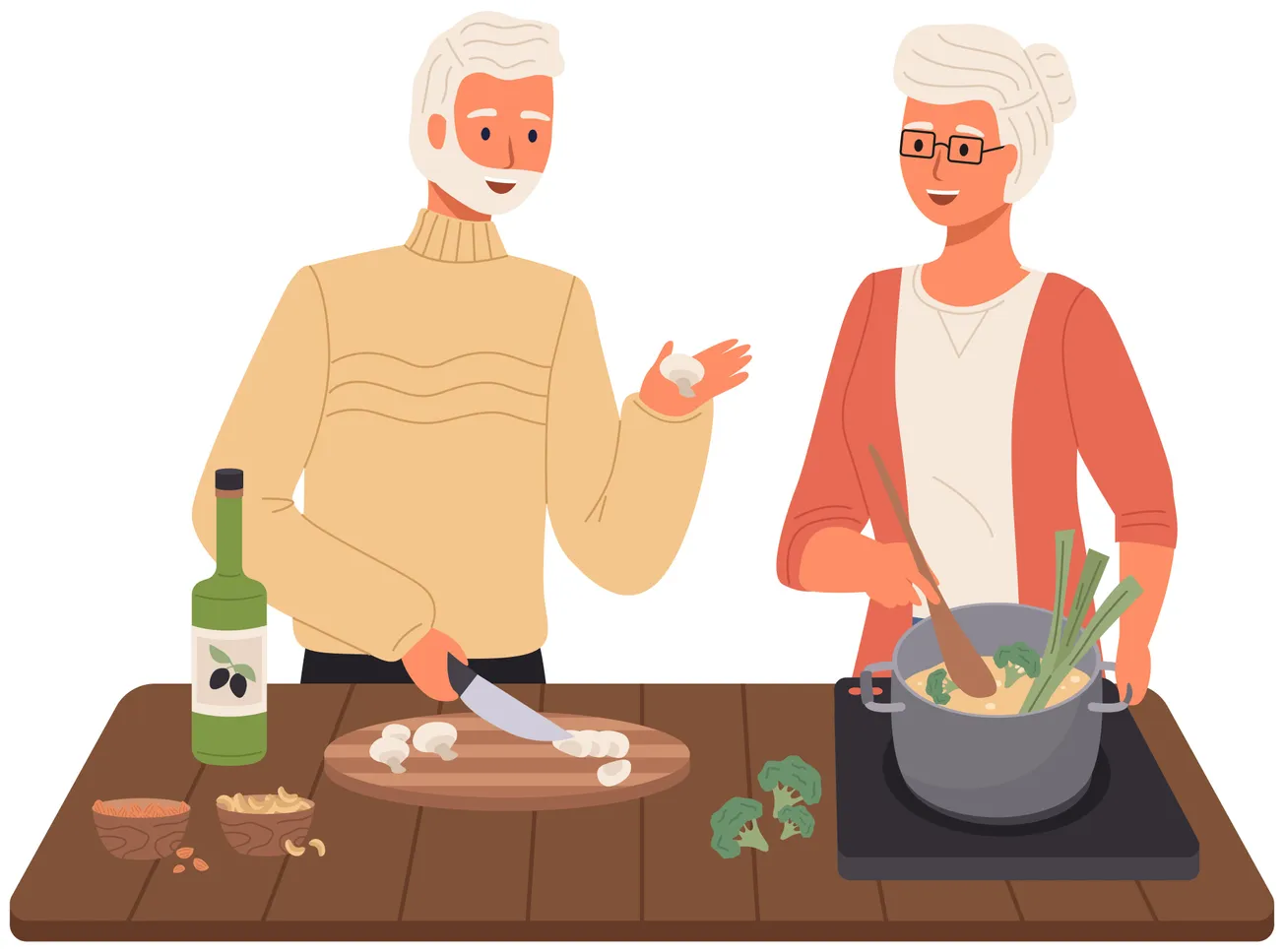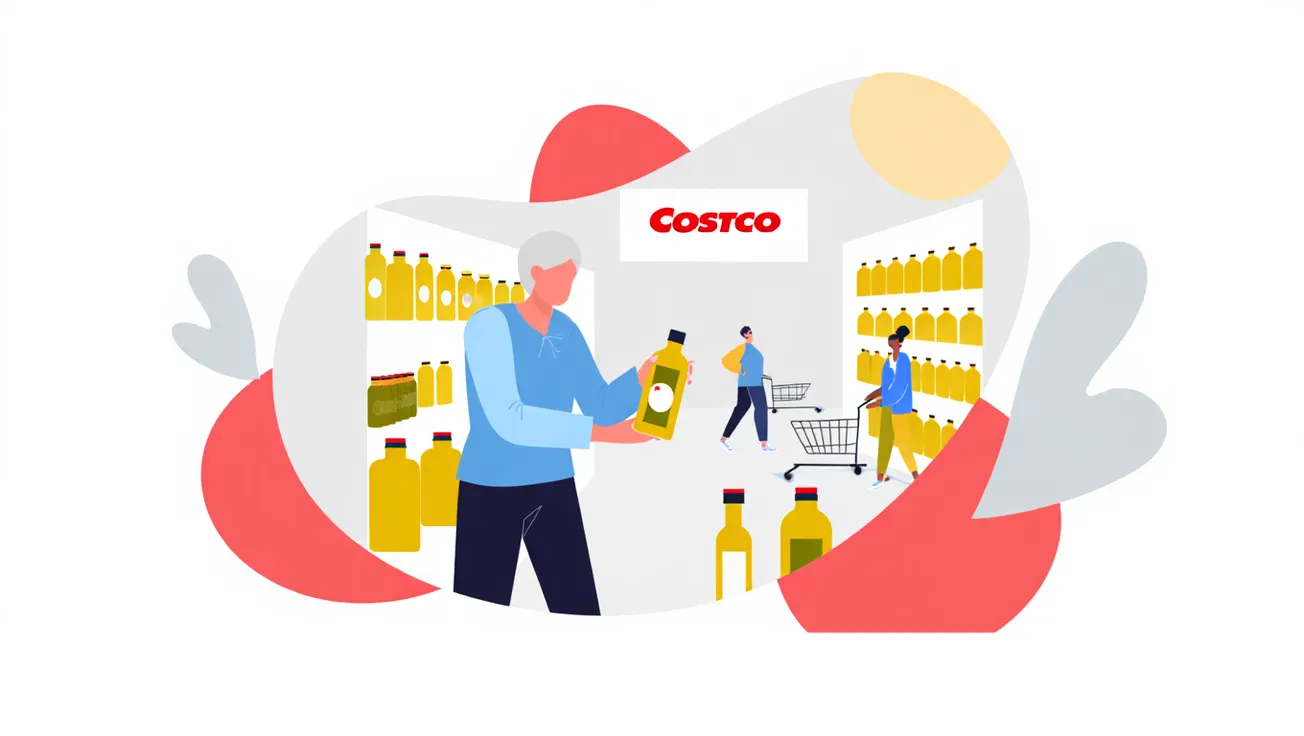The Takeaway
- Meals on Wheels serves 2.2 million older adults annually.
- Eligibility is typically age 60+ with limited mobility or need.
- Local programs vary—start with the Meals on Wheels locator.
- Caregivers can apply on behalf of loved ones.
- Donations may be requested, but no one is turned away for inability to pay.
Let’s face it—cooking every day gets tougher as we age. Standing over a hot stove? Grocery shopping in winter? Washing dishes after every meal? It’s a lot. And for seniors living alone, those challenges can pile up fast. That’s where Meals on Wheels can step in—delivering more than just food, but also peace of mind and a friendly face.
If you’re a senior wondering how to sign up—or an adult child hoping to get your mom or dad some support—here’s exactly how to do it.
What Is Meals on Wheels?
Meals on Wheels is a nationwide network of local nonprofit programs that delivers hot, nutritious meals to older adults who can’t easily shop or cook for themselves. But it’s more than just a food delivery. Drivers check in on seniors, offer a bit of companionship, and help make sure everything’s okay at home.
There’s no single sign-up form for the entire country. That’s because Meals on Wheels is run locally, often through senior centers, churches, or city governments. Each community’s program may look a little different, but they all have the same goal: keeping seniors healthy, fed, and independent.
Step-by-Step: How to Sign Up as a Senior
1. Check Eligibility
You typically need to:
- Be 60 or older (some exceptions apply)
- Be homebound or have difficulty preparing meals
- Live in an area served by a participating local program
You do not need to be on Medicaid or food stamps to qualify.
2. Find Your Local Provider
Head to MealsonWheelsAmerica.org and use the “Find Meals” locator tool. Just enter your ZIP code. It’ll show you the contact info for your local provider.
If you prefer phone help, call 1-888-998-6325 (Monday–Friday, 8 a.m. to 5 p.m. ET).
3. Call or Fill Out a Local Application
Most local programs will have a brief intake interview—either over the phone or online. You might be asked:
- Your name, address, and phone number
- Your age and health conditions
- If you live alone or with others
- What kind of support you need
Some programs may even send someone to your home for an assessment.
4. Start Receiving Meals
Once approved, you'll get a delivery schedule—often once a day, five days a week. Some areas offer weekend meals or frozen meals to cover weekends.
You’ll usually receive:
- A hot meal
- Occasionally a cold meal or snack
- A friendly check-in from the driver
What If You’re a Caregiver Signing Up a Loved One?
Good news—yes, you can apply on their behalf.
If your parent, aunt, or neighbor is too overwhelmed to handle the details, you can call the local program and complete the intake process with or for them. Many caregivers find this a huge relief, especially if they’re managing care from out of town.
Just be ready to provide the basic info listed above—and talk to your loved one first so they know what to expect.
How Much Does It Cost?
There’s usually no required fee. Some programs suggest a voluntary donation ($3–$6 per meal), but no one is turned away because they can’t pay. Meals on Wheels receives funding from federal grants, state programs, and community donors to keep meals accessible.
Final Thought: It’s Not Charity. It’s Support.
Plenty of older adults hesitate to ask for help, worried it might make them seem weak. But Meals on Wheels isn’t about pity—it’s about preserving independence, health, and dignity. Signing up isn’t a burden—it’s a smart choice.
If you or someone you love could use the extra help, start with one phone call or click. A warm meal and a smiling face could be on the way.








